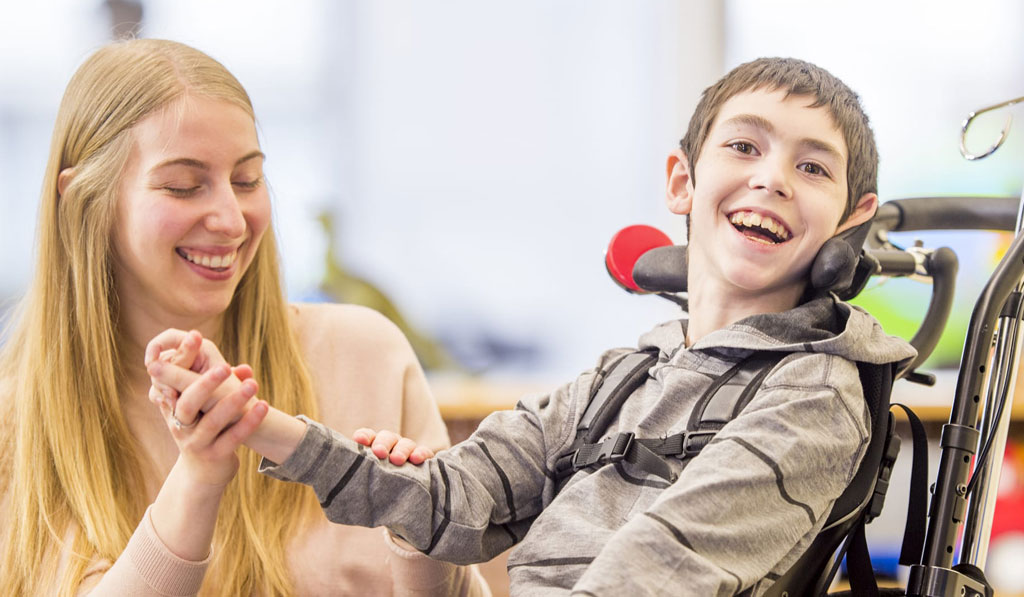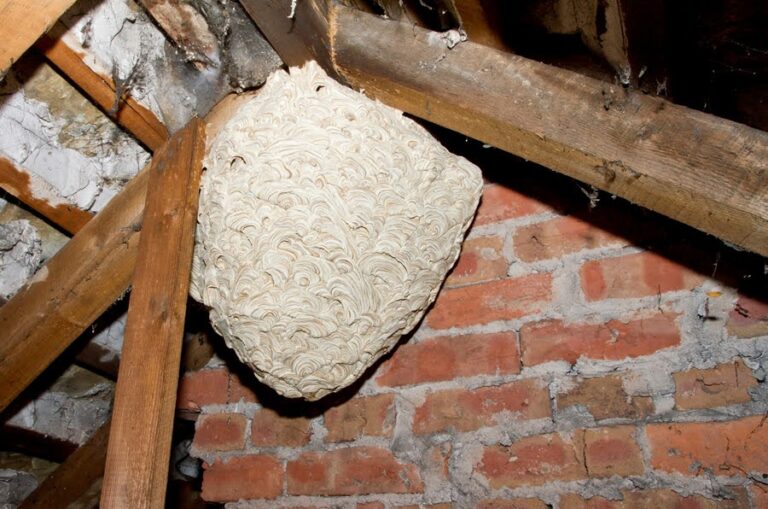When Should a Child Be Evaluated for Cerebral Palsy — What Symptoms Warrant Assessment?
Cerebral palsy (CP) is a neurological disorder that affects movement, posture, and muscle coordination. It results from damage to the developing brain, often before, during, or shortly after birth. Early identification of cerebral palsy symptoms is crucial because timely diagnosis allows for early intervention, which can significantly improve long-term outcomes. However, because cerebral palsy varies widely in severity and presentation, recognizing the right moment to seek evaluation can be challenging for parents and caregivers. Understanding when to be concerned about developmental delays or abnormal movements can make all the difference in a child’s future progress.
The Importance of Early Detection
Early detection of cerebral palsy symptoms allows healthcare providers to implement therapies that support motor development and prevent complications. During the first two years of life, a child’s brain is still highly adaptable—a phenomenon known as neuroplasticity. This means that early physical, occupational, and speech therapies can help rewire the brain and promote more effective motor control.
Unfortunately, many children with mild cerebral palsy are not diagnosed until they are toddlers or even older. This delay occurs because early symptoms can be subtle or mistaken for typical variations in development. Parents should trust their instincts if they feel something is off with their child’s movements, muscle tone, or coordination, and seek a professional evaluation as soon as possible.
Delays in Reaching Motor Milestones
One of the earliest signs of cerebral palsy symptoms is a delay in reaching motor milestones. These milestones include rolling over, sitting up, crawling, standing, and walking. While every child develops at their own pace, consistent delays should prompt further assessment. For instance, if an infant does not lift their head during tummy time by three months or cannot sit independently by eight months, it may indicate a problem with muscle tone or motor control.
Children with cerebral palsy might also show asymmetrical development. A baby may use one hand more than the other very early in life or have difficulty reaching out with both arms equally. These differences can suggest weakness or stiffness on one side of the body, which are hallmark cerebral palsy symptoms.
Abnormal Muscle Tone and Reflexes
Muscle tone refers to the continuous and passive tension in the muscles that helps maintain posture and readiness for movement. Abnormal muscle tone is one of the most common cerebral palsy symptoms. Some children may appear overly stiff (hypertonic), while others seem unusually floppy (hypotonic). Stiffness may cause limbs to resist movement, making dressing or diaper changes difficult. In contrast, low muscle tone can result in poor head control and an inability to sit upright.
Reflex abnormalities are another red flag. Infants are born with primitive reflexes that usually disappear as the nervous system matures. If these reflexes persist beyond the typical age—such as the startle reflex or the grasp reflex—it can be an indicator of neurological dysfunction. These persistent or exaggerated reflexes are often among the first cerebral palsy symptoms pediatricians look for during routine checkups.
Problems with Coordination and Movement
Children with CP often struggle with voluntary movements. Poor coordination, jerky motions, or tremors can appear as cerebral palsy symptoms as early as infancy. For example, when trying to grasp a toy, a child’s hands may move in an uncontrolled or shaky manner. Some children may also exhibit involuntary movements, particularly in the face, arms, or legs, which can become more noticeable when they are excited or stressed.
As children begin to walk, abnormal gait patterns may develop. Toe-walking, scissoring of the legs, or dragging one foot are all common indicators of motor dysfunction. These movement irregularities are not simply clumsiness; they often reflect underlying issues with muscle control and coordination linked to cerebral palsy.
Difficulties with Feeding and Speech
Feeding problems can also be an early sign of cerebral palsy symptoms. Infants with CP may have trouble sucking, swallowing, or controlling their tongues. This difficulty can lead to slow feeding, drooling, or choking episodes. Because these muscles are also used for speech, delays in babbling or forming words may follow as the child grows.
Speech delays do not always indicate CP, but when combined with other motor difficulties, they warrant careful evaluation. A speech-language pathologist can assess whether the problem stems from muscle control rather than language comprehension. Early therapy can then help strengthen oral muscles and improve communication skills.
Behavioral and Developmental Red Flags
In addition to physical signs, behavioral cues can also suggest underlying cerebral palsy symptoms. A baby who seems excessively irritable, fatigued, or unresponsive to stimulation may be experiencing discomfort related to muscle stiffness or brain injury. Similarly, a child who avoids physical play or struggles with coordination tasks in preschool might be compensating for unnoticed motor challenges.
Parents should also observe how their child interacts with their environment. If a baby consistently favors one side of the body or shows limited interest in exploring through movement, it may indicate restricted mobility caused by CP. These subtle differences often become more evident as the child grows and peers surpass them in physical abilities.
When to Seek a Professional Evaluation
If a child displays multiple cerebral palsy symptoms, it is essential to consult a pediatrician or neurologist. Doctors will typically begin with a thorough physical and neurological examination, assessing muscle tone, reflexes, and coordination. Imaging tests like MRI or CT scans may be ordered to look for evidence of brain injury.
The earlier an evaluation occurs, the better the chances for effective intervention. Modern therapies, including physical and occupational therapy, can dramatically improve motor skills when started early. Recognizing the warning signs and seeking medical advice promptly can help children with CP reach their full potential.
Conclusion
Understanding cerebral palsy symptoms and acting quickly when they appear is vital for early diagnosis and treatment. Whether it’s delayed milestones, abnormal muscle tone, or coordination problems, every sign matters. Parents, caregivers, and healthcare professionals working together can ensure that children with cerebral palsy receive the support and care they need to thrive.






